Even if you’re doing everything right, there are certain situations where returns are unavoidable. This is a well-understood “price of doing business” in the fashion industry where — according to our 2019 Reducing Returns survey — 61% of fashion shoppers claimed that they deliberately ordered more items than they intended to keep.

In our most recent survey, 39% of consumers across all industries said they sometimes buy more products than they intend to keep, due to the ease of returns. For Millennials, specifically, this shoots up to 47%; for Gen Z, 49%.
So what’s the solution? Make the returns process as difficult as possible, to discourage shoppers from buying with the intent to return (i.e. buying multiple sizes of the same product)? It’s actually just the opposite.
Embracing Returns: Draper James
Contemporary American fashion brand Draper James — “steeped in Southern charm, feminine and pretty” — is particularly beloved by shoppers for its wide variety of dresses.
Draper James originally turned to Yotpo to use reviews to combat returns, since, “dresses are a product category that naturally has a bit of a higher return rate,” according to Helen Nightingale, the brand’s Director of eCommerce. Reviews would accompany the robust sizing and fit guide featured next to each dress on the Draper James site.
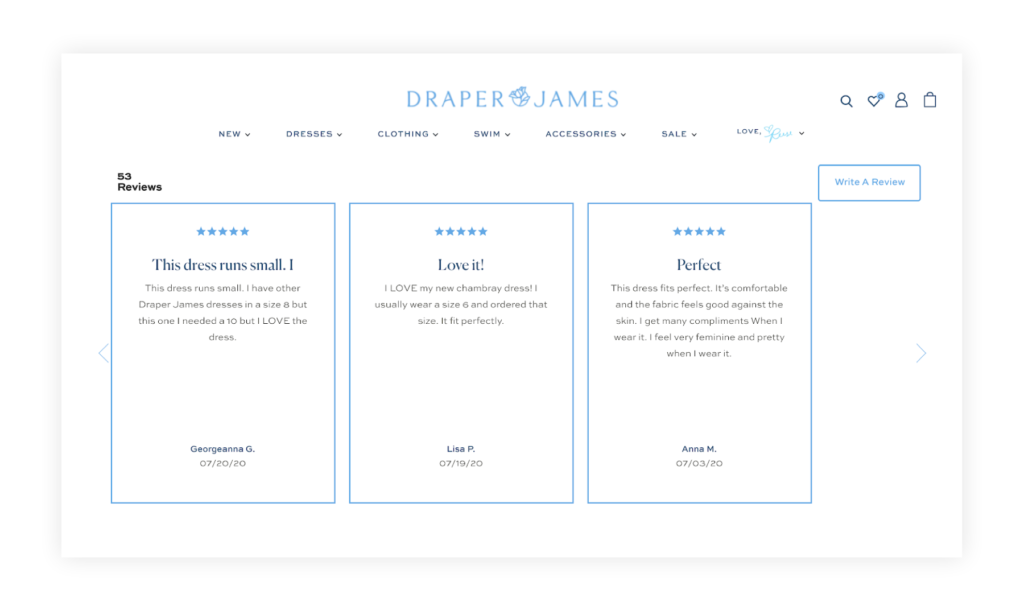
But Nightingale went on to note an interesting phenomenon that she was seeing among returnees:
“We do have an interesting pattern, where we see that customers who make returns are actually more likely to reengage with the brand long-term than a customer who just purchases something one time and then they’re done.”
The main takeaway
As Draper James experienced, returns are not necessarily the kiss of death for your business. In fact, based on findings from our survey, we have compelling reasons to believe that offering flexible return options and reengaging your returnees via SMS can lead to overall customer satisfaction and higher LTV.
Optimising returns: Be flexible
When asked what their preferred way to return an item was, 39% of respondents chose “drop the package off at a post office.” This was followed by “have the package picked up by mail/courier” (33%) and “in-store return” (16%).
We followed up by asking if they would still buy from a store, even if it didn’t offer their preferred return method. Almost 20% said no. When you combine this with the fact that 44% of participants claimed that they had abandoned an online order because of the return policy, it becomes abundantly clear that a flexible policy is an essential part of creating a better experience for consumers.
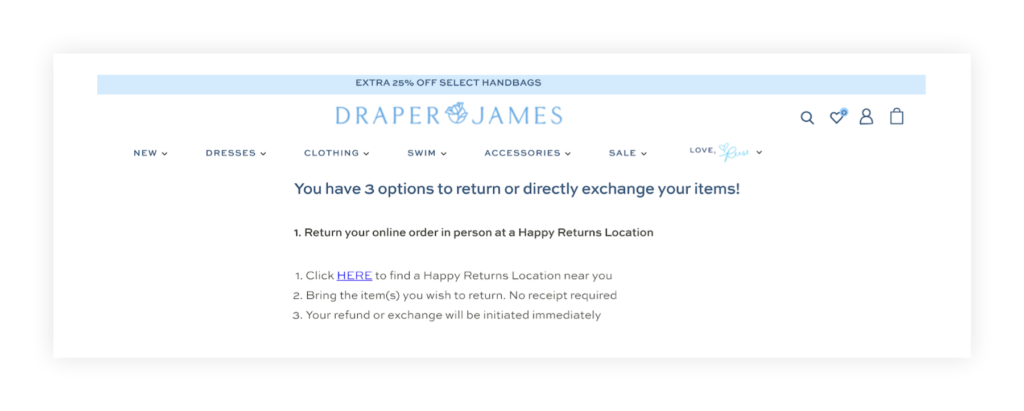
Draper James understands the importance of letting customers choose the returns option most convenient and best-suited to their needs. They offer three different options for returning or directly exchanging purchases — in person through Happy Returns, by mail or in-store — greatly increasing the odds that a shopper will be able to find their preferred return method.
Snapshot: The Returns Experience
- Over half of respondents polled said a negative returns experience resulted in them not shopping with the retailer again.
- 90% are more likely to order from a store that makes returns easy.
- When asked, “would you order from a store that charges a fee for returns,” 54% said no.
Reengaging through SMS
Post-return is an optimal time to start a conversation with a customer. 51% of consumers are interested in being able to text with their favourite brands according to another recent Yotpo survey. When combined with the average SMS open rate — a whopping 98% — you can easily see how a personalised, thoughtfully-tailored message sent at a critical moment can transform a dissatisfied returnee into an engaged, repeat customer.
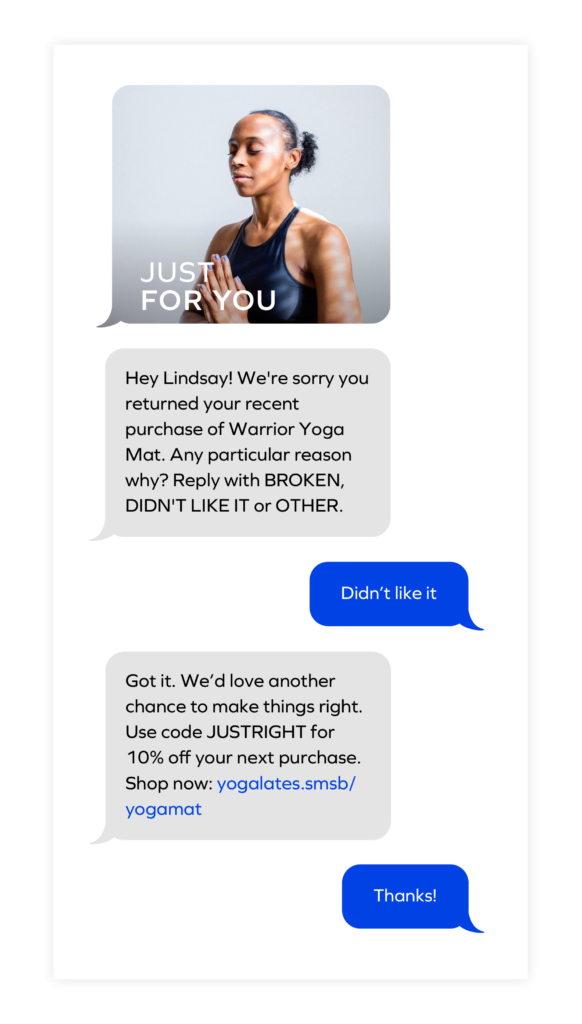
Apologise to the customer for this disappointing purchase experience, and ask them why they returned their purchase. Then, offer them an incentive to reengage with your brand based on why they returned in the first place. Was the item broken? Offer to send them a new one free of charge. They bought the wrong size? Give them 10% off their next purchase. Didn’t like what they bought? Suggest some other product options and send a coupon for five pounds off.
Conclusion
The rate of customer returns — which is only growing worse year by year — is one of the single biggest dangers for fledgling and established eCommerce brands alike.
The good news is that your brand has the power to combat returns head on, by collecting and displaying influential customer reviews and UGC at crucial points in the customer journey, helping lead shoppers to the perfect product the first time they visit your site.
Furthermore, when returns are unavoidable, you have the ability to turn a disappointed returnee into a satisfied, loyal customer by reengaging with them via personalised SMS messages.
Learn how Yotpo can help you fight returns and drive LTV with reviews, UGC and SMS marketing.









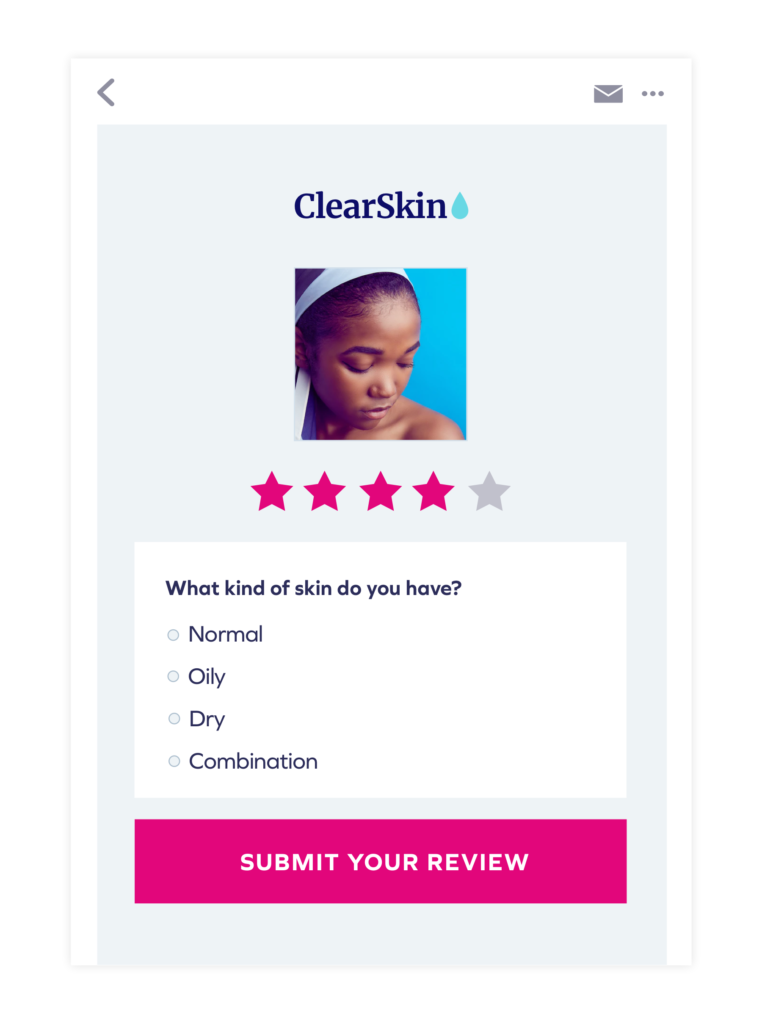
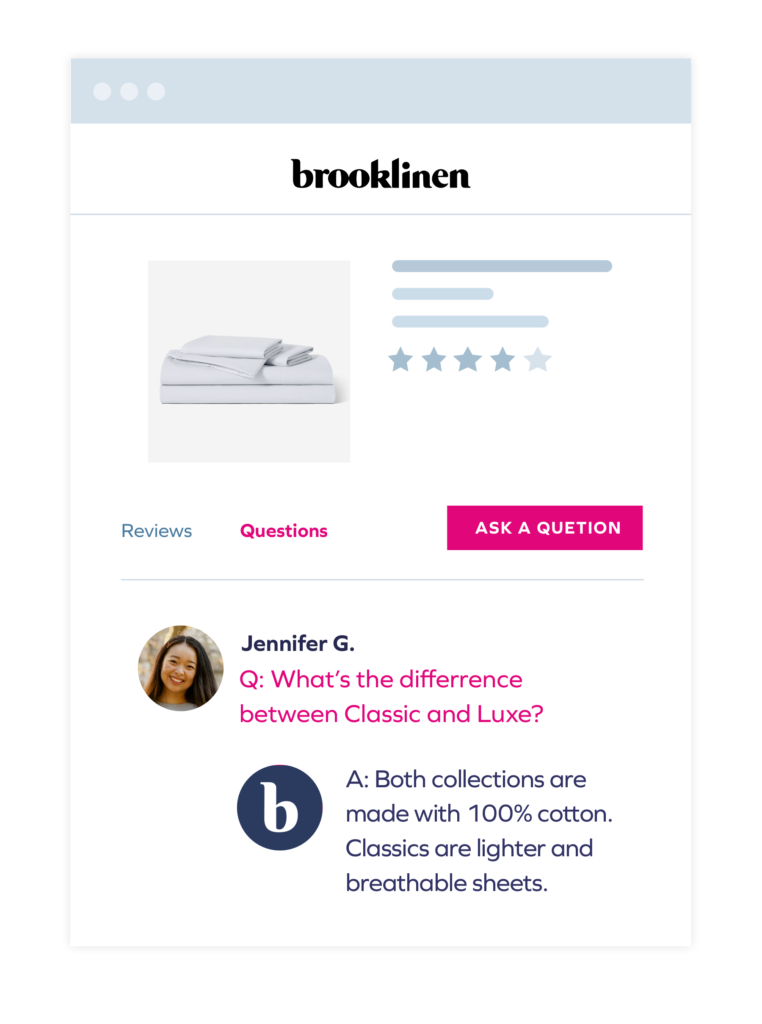
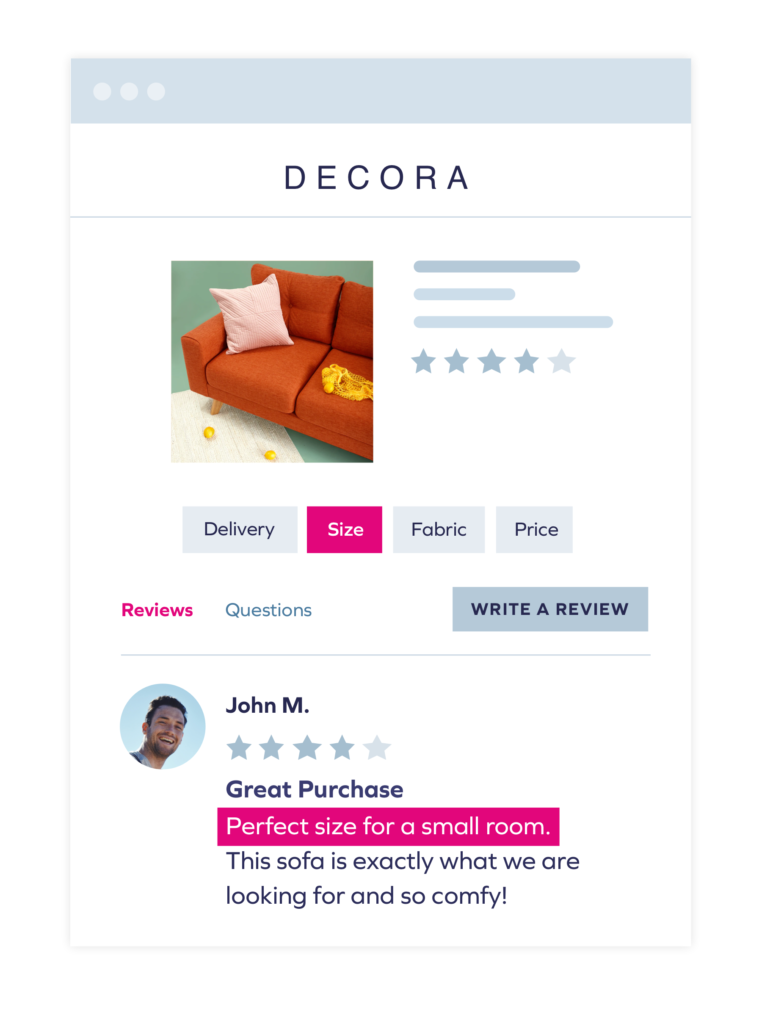
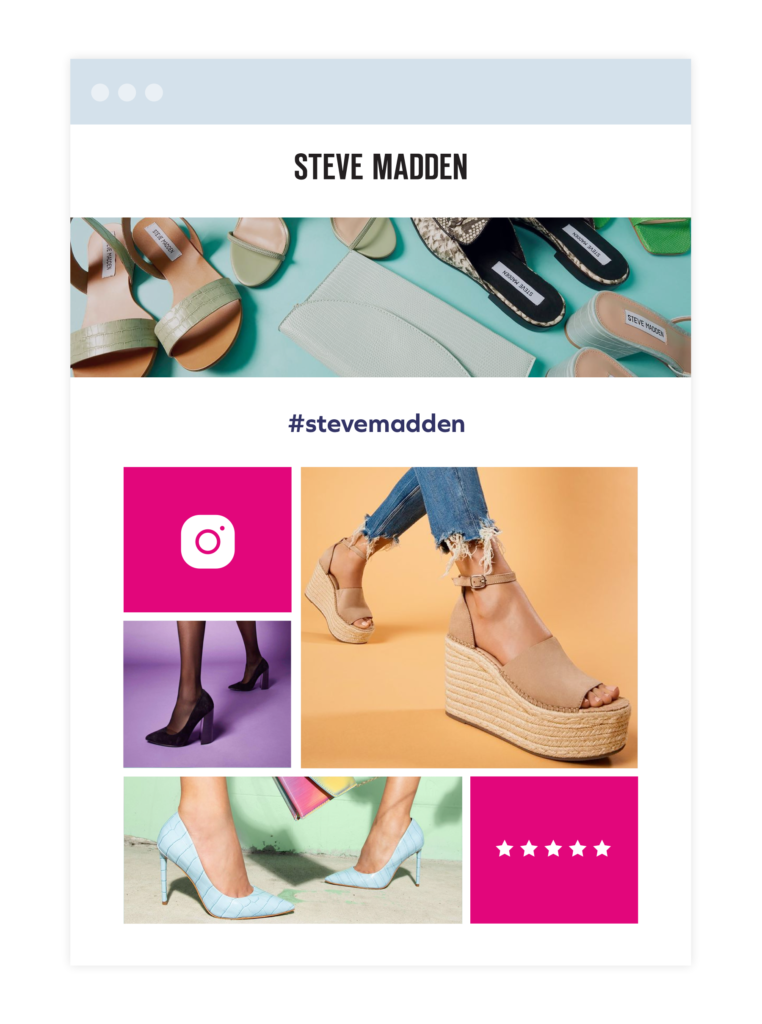
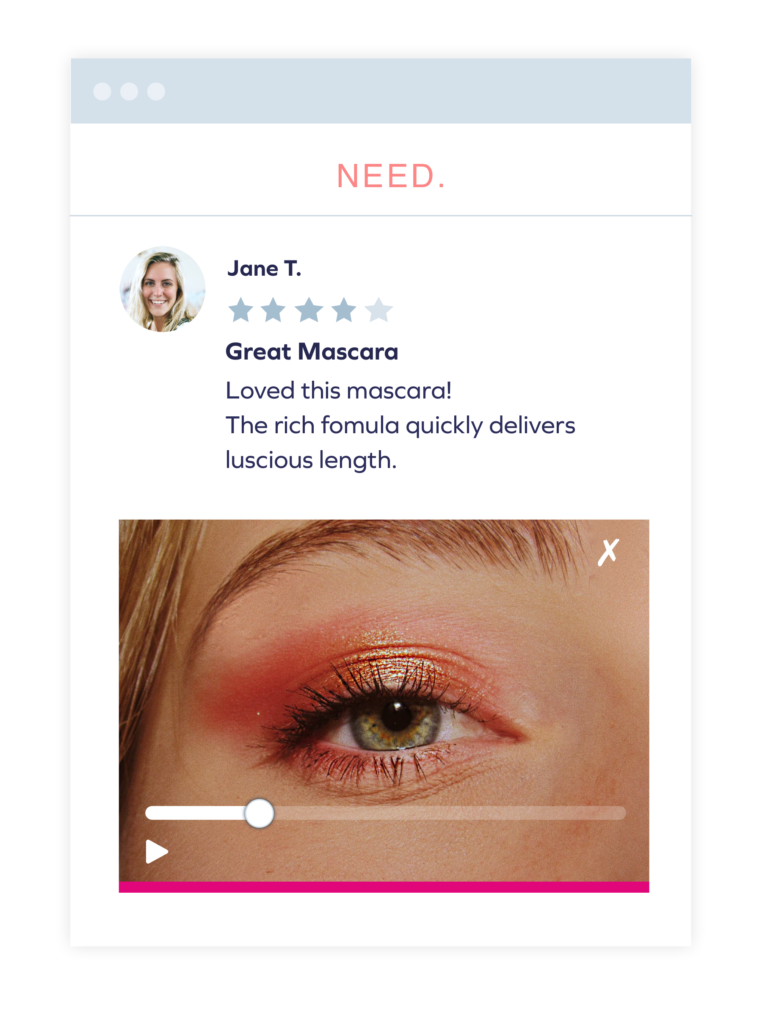
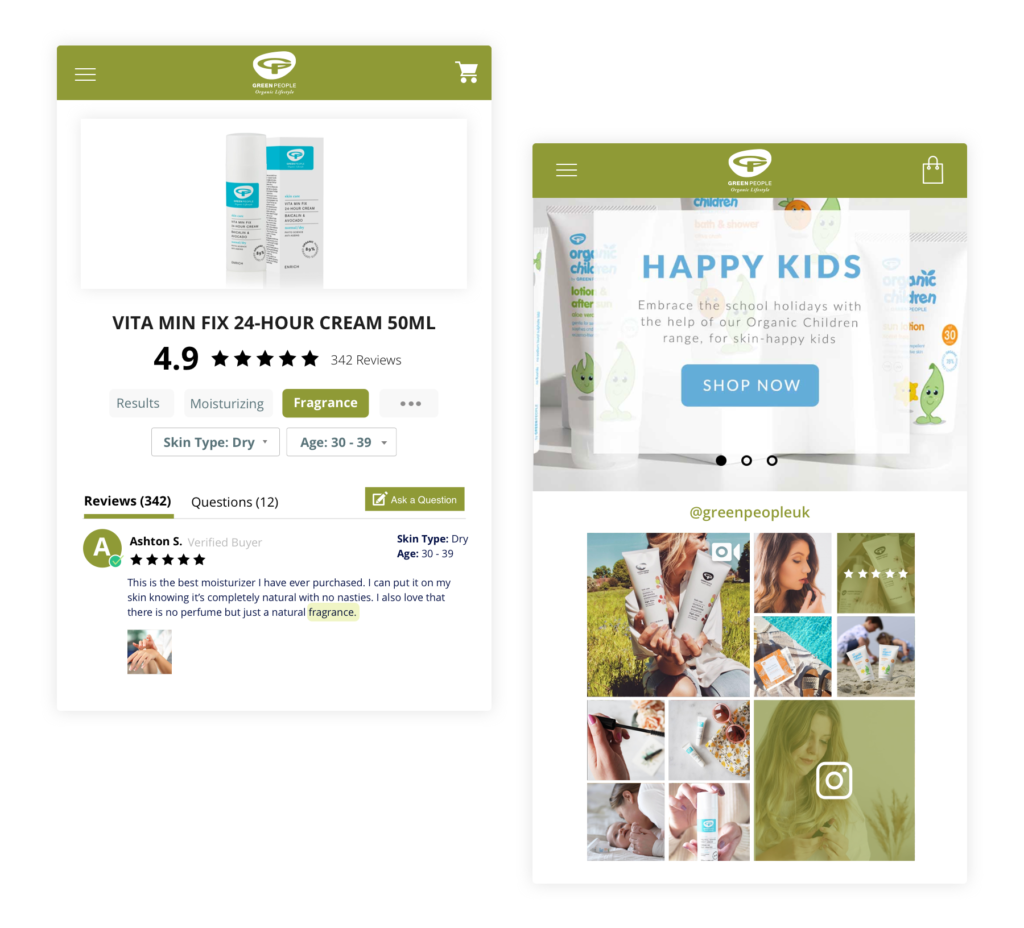







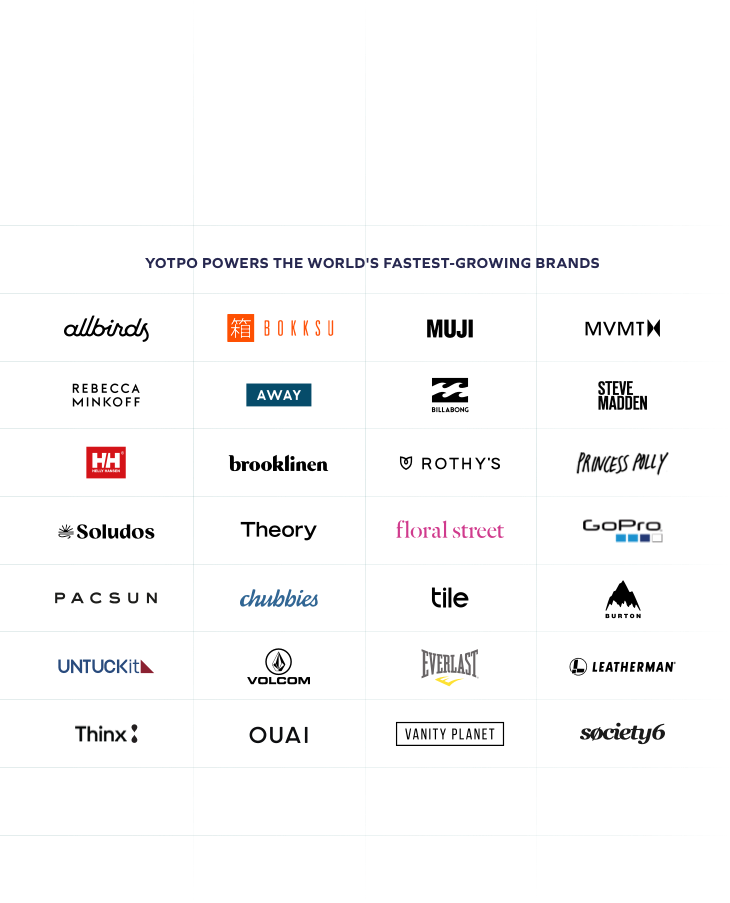



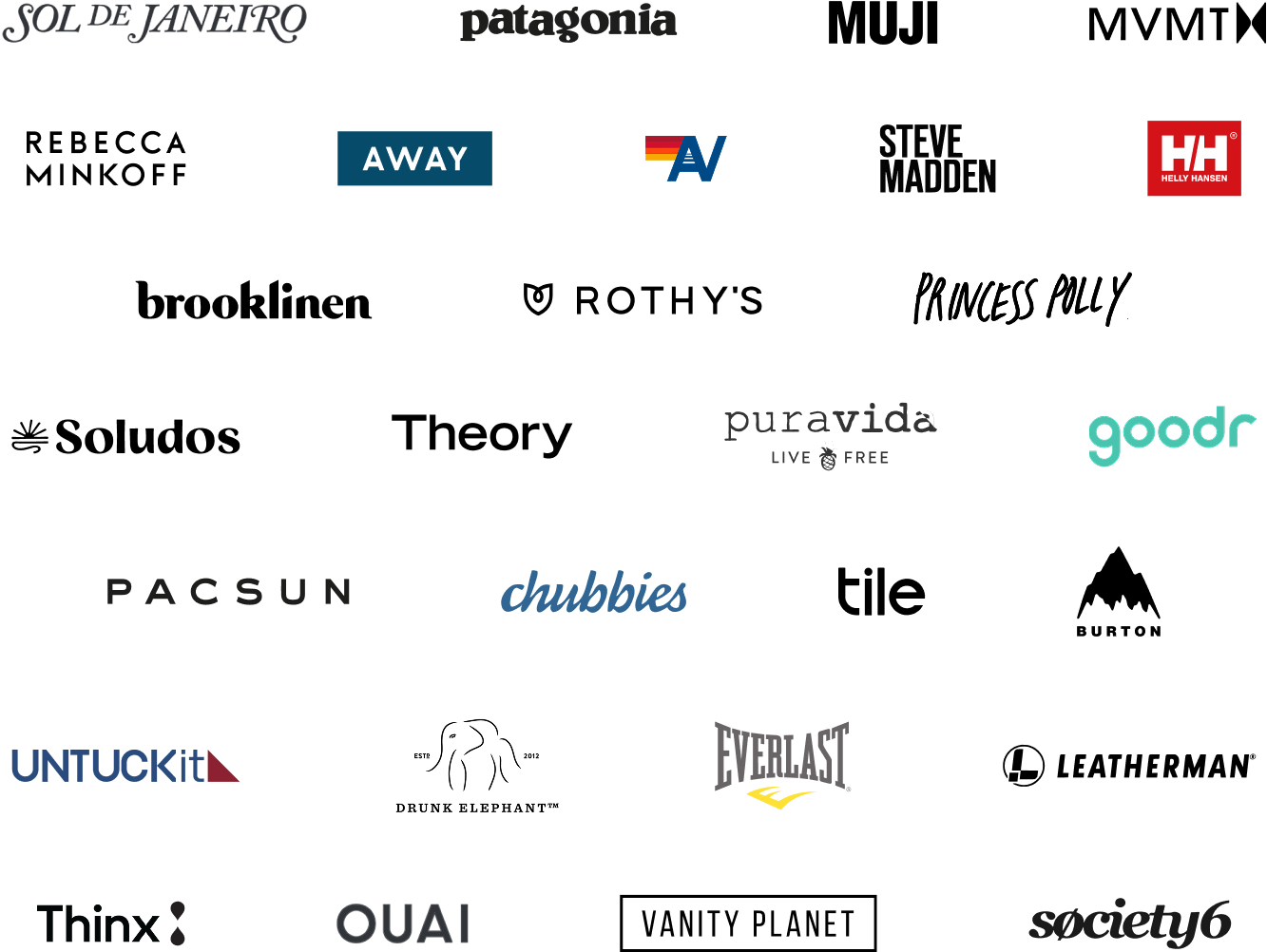



 Join a free demo, personalized to fit your needs
Join a free demo, personalized to fit your needs